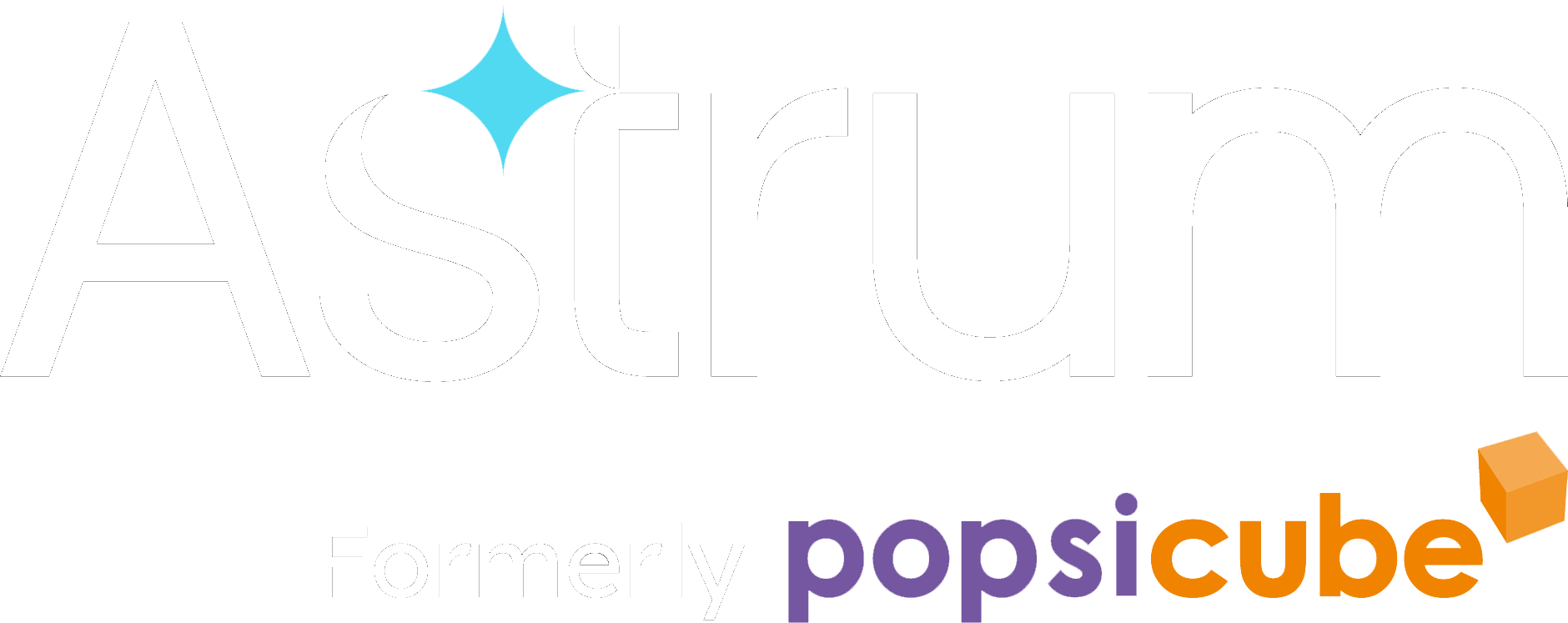We have a unique CRO profile providing unique and innovative dual expertise combining clinical research implementation with the development of customized IT applications specific to the pharmaceutical industry.
Strategies & Planning
Trial Strategies & Planning

Let’s start with the basics:
The successful execution of a clinical trial means the project is finished on time, on budget, and has a high level of quality. It only figures then that these objectives should be clearly defined before initiating any project.
The main purpose of planning is to anticipate all possible actions that will take place throughout the project. The complexity of today’s trials makes such a diagnosis for each aspect of the study (in order to set realistic project objectives) imperative.
What to consider when designing your study:
Regulatory: trial legislation and requirements to ensure patient safety are changing everyday, mainly in emerging regions.
Clinical trials logistics: study or comparator drug importation and regulation, collection, analysis and management of biological samples need to be taken into account which makes a detailed plan necessary that covers supplies, storage, and distribution.
Legal Agreement: contracts with investigator’s sites (hospital, pharmacy) under local regulations need to be negotiated.
Investigational sites: Identifying the right sites to conduct clinical research is critical. Never underestimate cultural differences and language barriers.
Technology: Adoption of new technologies and network capabilities very often varies from country to country.
Protocol design: the standard treatment in countries may be different. The study protocol must take into account product reimbursement issues and patient comfort to avoid a low recruitment rate.
Define the critical path: Popsicube-Fovea with is large experience and senior staff has developped a project template, that contains high-level details and strategies ensuring repeated successful planning—achieving study goals in the shortest amount of time.
Our Trial strategies and planning services are :
- Study Plan
Successful businesses have project plans. They also have Project Managers to carry out those plans.
A project plan should include the following components: clear objective, timelines, defined resources, task responsibilities, communication plan and tools, associated risks and plan B anticipation.
- Protocol Development
- Designing your trial
- Choosing an appropriate outcome
- Providing justification of the sample size
- Providing justification of the comparator
- Advising on appropriate randomisation methodology
- Drawing up a statistical analysis plan
- Handling and structuring collected data
- Feasibility Assessment,
- Finding whether the disease under study is relevant to the patient population
- Is the study design in its current form, comparators, and subjects’ visits acceptable?
- What are the anticipated Regulatory and Ethical challenges?
- What are the general timelines for study approval and site start-up?
- What are the potential patient populations per sites per country?
- Evaluation of the study patients recruitment rate?
- What is the overall commitment of potential partners- country offices, CROs, sites, towards completion of the program?
Conducting clinical trial feasibility and study sites selection is both an art and a science. The science comes from the disease area, study design, types of patients etc. The art comes from collation of and reliance on the information as well as presenting the real information.
Feasibility assessment is an investment to ensure a good study.
- Selection of Study Sites (by phone or by visits)
Deciding whether to work with an investigator or not and identifying challenges and probable solutions
-
- Assessing the investigator’s readiness in terms of standard care (e.g., type of drugs, dosage),
- Assessing the actual study population vs. the patient population treated or seen by the potential investigator,
- Readiness and acceptance of background and comparative therapy
- Familiarity with use of tools and technology
- Prior experience in clinical trials, prior experience in conducting similar studies
- Availability of study coordinators, pharmacists and nurses
- Balancing Key Opinion Leaders with Recruitment Performers
- Recruitment and retention: This is the most important section of the site feasibility assessment. It helps us in finding the recruitment potential, specifically in anticipated subjects per month and in the entire trial.
- Research of presence of competitive studies
- Review of site infrastructure: Most clinical studies have specific requirements related to drug storage, processing of biological samples e.g. refrigerated centrifuge etc. Hence it is important to assess site’s capabilities related to such requirements, whether it is available at the site or needs to be procured.
- Quality needs to be evaluated is whether sites have undergone sponsor/ independent site audits in the past.
- Essential Documentations Set-up, Management and Translation
- Investigator’s brochure tracking and management
- Informed Consent Form Development,
- Case Report Form, patient diary, remote data collection of bio-captors
- Regulatory Authorization, Approval, Notification …
- Medical, Laboratory, Technical procedures, tests
- Training Material
- Monitoring Plan
- Any or all of the documents that can be subject to, and should be available for, audit by the sponsor’s or inspection by the regulatory authority(ies).
- …


